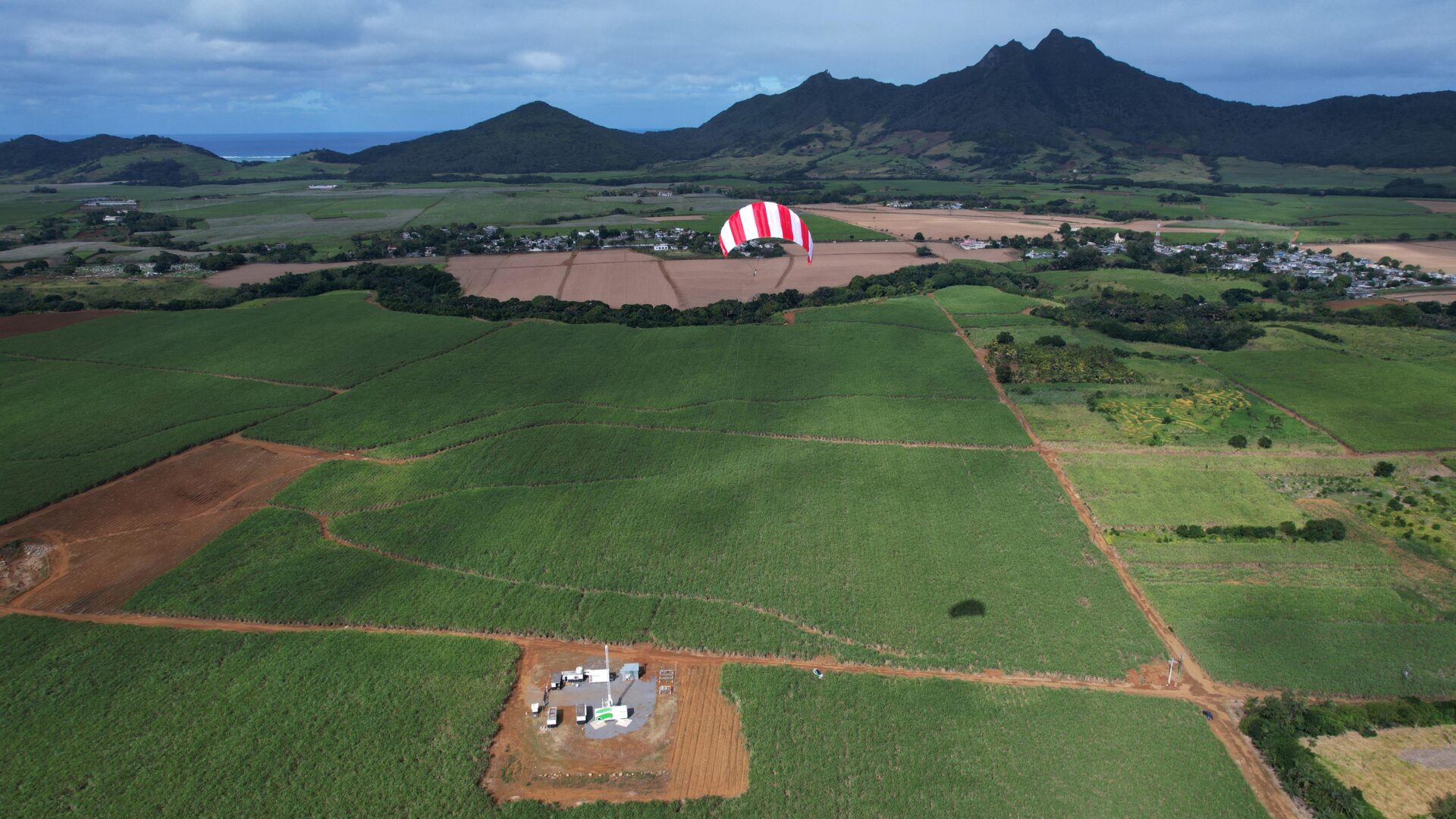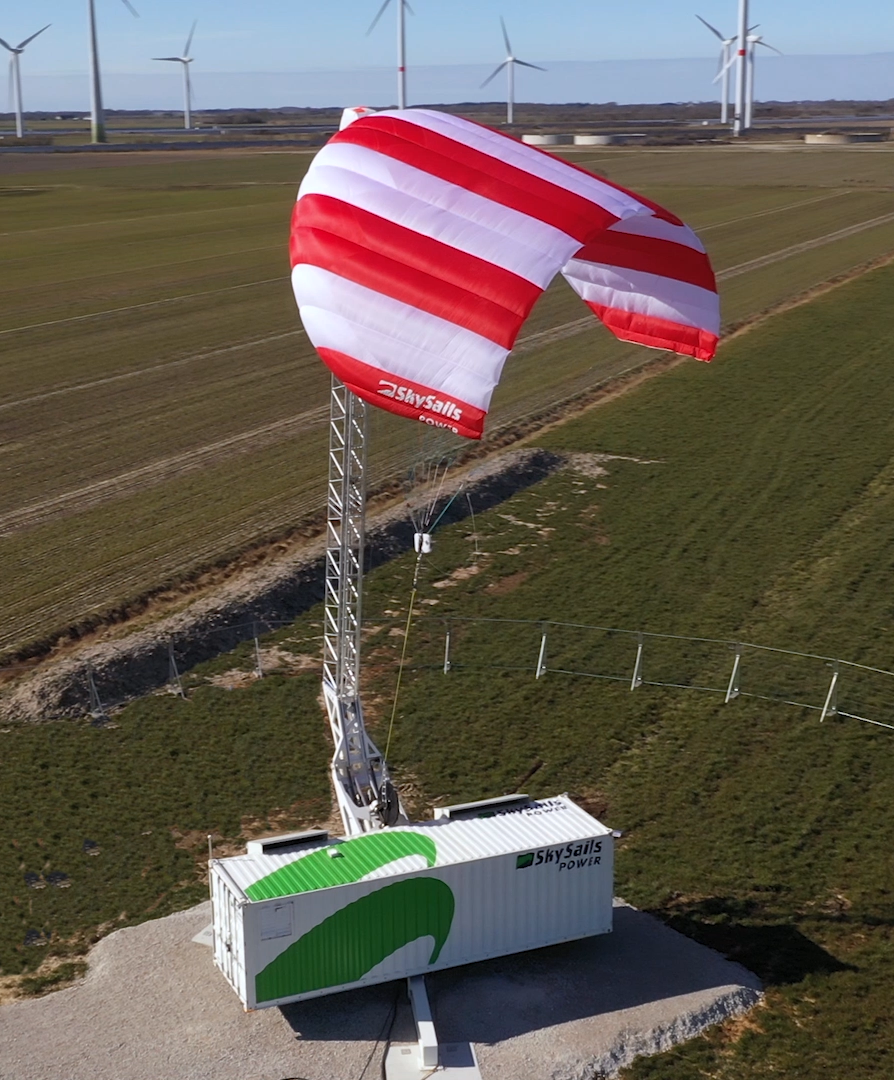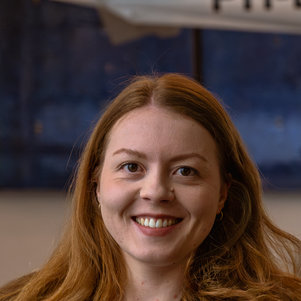How social science can make the energy transition more fair
‘People living near an airborne wind energy test site in Germany experience noise, ecological and safety impacts from the airborne wind energy system similar to those from the nearest regular wind farm. The airborne system did score better on visual impacts.’ These are the main conclusions from a pioneering study into the social impacts of airborne wind energy conducted by Helena Schmidt, a PhD candidate at TU Delft in collaboration with Medical School Hamburg. Schmidt: “For a successful energy transition, it is essential to investigate how people experience a new energy technology in their living environment. This evidence-based knowledge helps developers adjust their designs to fit locals’ needs better and make the energy transition more socially fair.” The study was published in the science journal Energy Research & Social Science.
How do residents experience an energy kite?
In her PhD research at TU Delft, environmental psychologist Helena Schmidt researches the social impacts of airborne wind energy. This technology uses kites to harvest winds at high altitudes to generate green electricity. It’s an interesting subject to study as the technology is approaching commercialisation. Still, to date, there is no empirical data available on how people who live near an airborne wind energy system experience the technology. In fact, at the moment, there are only a handful of test sites in the world where it could be investigated.
Schmidt and her partners from the Medical School Hamburg recruited residents within a 3.5 km radius of one of these airborne wind energy test sites in Northern Germany. For the research, fifty-four residents rated both the airborne wind energy system and the closest regular wind farm on visual, sound, safety, siting, environmental, and ecological aspects.
In the study, residents assessed the noise, ecological, and safety impacts similarly for the airborne wind energy system and the wind farm. They only rated the visual impacts better for the airborne system mainly because the residents did not perceive any shadows from the system and believed that the site integrated better into the landscape than conventional wind turbines. Consistent with research on wind turbines, residents who rated the site operation as fairer and the developer as more transparent tended to have more positive attitudes towards the airborne system and to experience less noise annoyance. Importantly, the research is only a snapshot of one type of airborne wind energy system and is limited by the still early development stage. As airborne wind energy further develops, some emissions, like noise, will partially decrease automatically through technological advancements and design changes. In contrast, other emissions, such as visual impacts, might increase, for example, when arranging multiple systems into an airborne wind energy farm.
Research into social impacts essential for the successful implementation
Schmidt: “Understandably, developers have so far focused on getting the technology to work and scaling it up. Now is the right time to also look at the social impacts by asking local people for feedback and adapting the technology to fit people’s needs better. It is easier to do this in an earlier development phase than when the technology has already taken a final shape.“ This viewpoint is shared by Kristian Petrick, Secretary General of Airborne Wind Europe – the European airborne wind energy association: “For the airborne wind energy sector, the topic of social acceptance is of very high importance: We will not succeed in deploying airborne wind energy systems on a large scale if we do not have the support of the general and local population for this new technology. We are firm believers not only in the “green transition” but also in the “just transition.”
Since 2020, the airborne wind energy sector has included social acceptance as one of the five work packages to address in the IEA Wind Task 48 on airborne wind energy.
The paper ‘How do residents perceive energy-producing kites? Comparing the community acceptance of an airborne wind energy system and a wind farm in Germany' was published today on the website of the science journal ‘Energy Research & Social Science’.
Helena Schmidt's paper was supervised by Roland Schmehl and Gerdien de Vries of TU Delft, and Reint Jan Renes from the Amsterdam University of Applied Sciences.




